The scanning of props and objects is a critical component in the creation of high quality, realistic 3D objects and textures. With our advanced techniques and equipment, we are able to quickly and accurately capture the details of nearly every object.
To get started, you can view some of our previous projects here.
This project revolved around a captivating Greek vase. We used photogrammetry to capture it, a process that turned out to be a real test due to the vase's dark, featureless inside. This difficulty pushed our scanning methods to the limit, showing us what our technology could really do. Each scan offered new details about the vase, revealing hidden elements that couldn't be seen with the naked eye. With this work, we connected the old - the artisan skills of ancient Greece, with the new - today's 3D scanning technology. The result is a digital version of the vase, bringing history to life in a new and exciting way.
Our next project involved an intriguing object from recent history - an old cough drop tin dating back to before the year 2000. The most challenging aspect of this project was dealing with the tin's metallic and white coated surface, which was tricky to capture accurately due to reflections and light distortions. Thankfully, a touch of rust on the tin played in our favor, adding textures that aided the scanning process. Through careful photogrammetry, we successfully preserved this everyday relic in digital form, highlighting the nuanced charm of its weathered surface. The project served as a wonderful reminder of the beauty hidden in the mundane, waiting to be discovered.
The final project brought us up close and personal with a tiny subject - a humble walnut. Despite its small size, the walnut presented a big challenge. In photogrammetry, maintaining a large depth of field is crucial to capture every detail of the object. However, due to the walnut's petite stature, the depth of field shrank as we got closer to the object. Navigating this hurdle required meticulous technique and precision. Each scan, as close as it was, had to be perfect to preserve the nut's intricate details. Through this project, we turned the simple walnut into a digital marvel, showcasing the beauty of nature's creations under a magnifying lens.
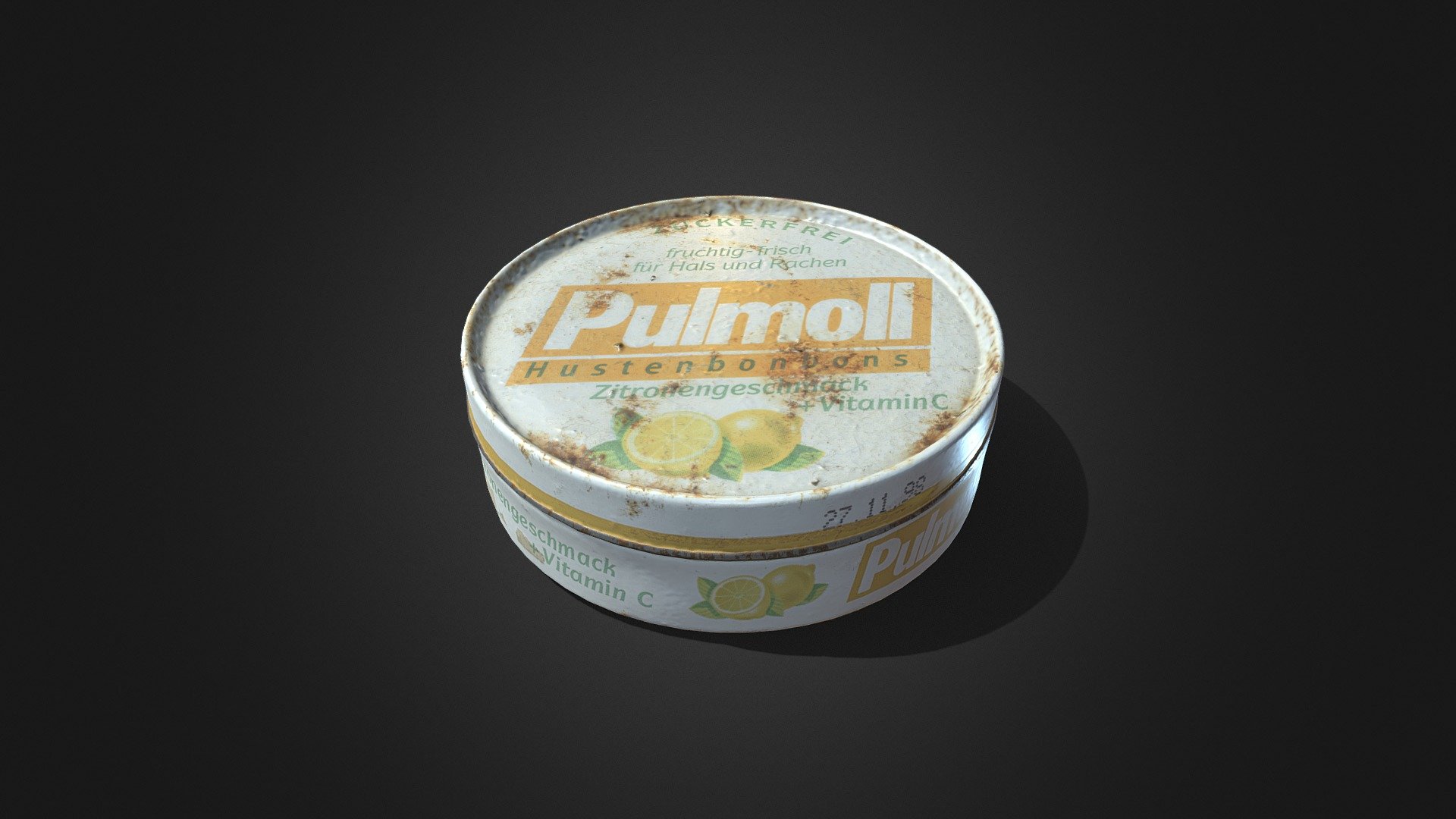
This tin was scanned using photogrammetry with a Sony ...
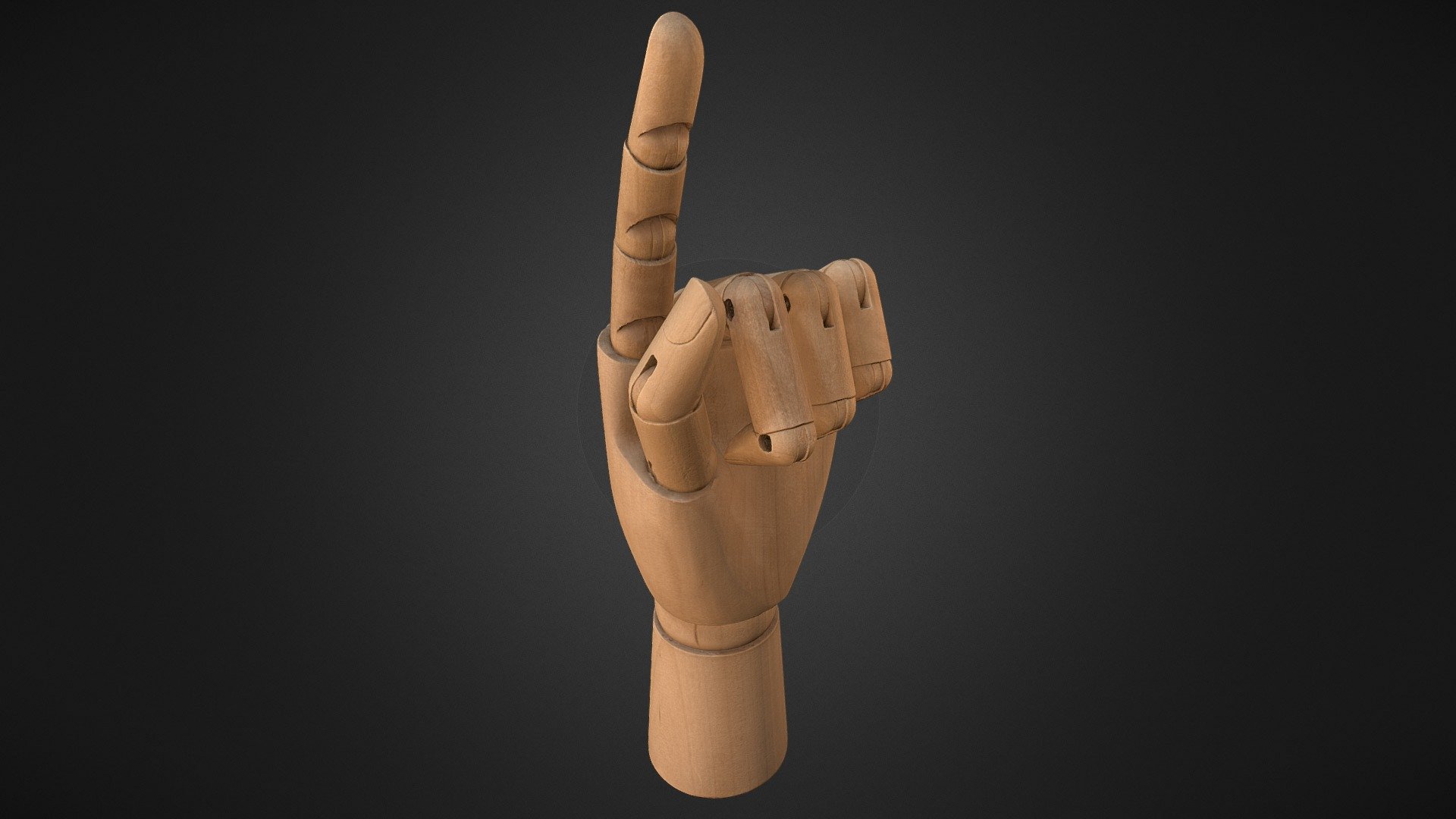
This wooden hand was scanned using photogrammetry with ...

This vase was scanned using photogrammetry with a Sony ...

This blueberry was scanned using photogrammetry with ...
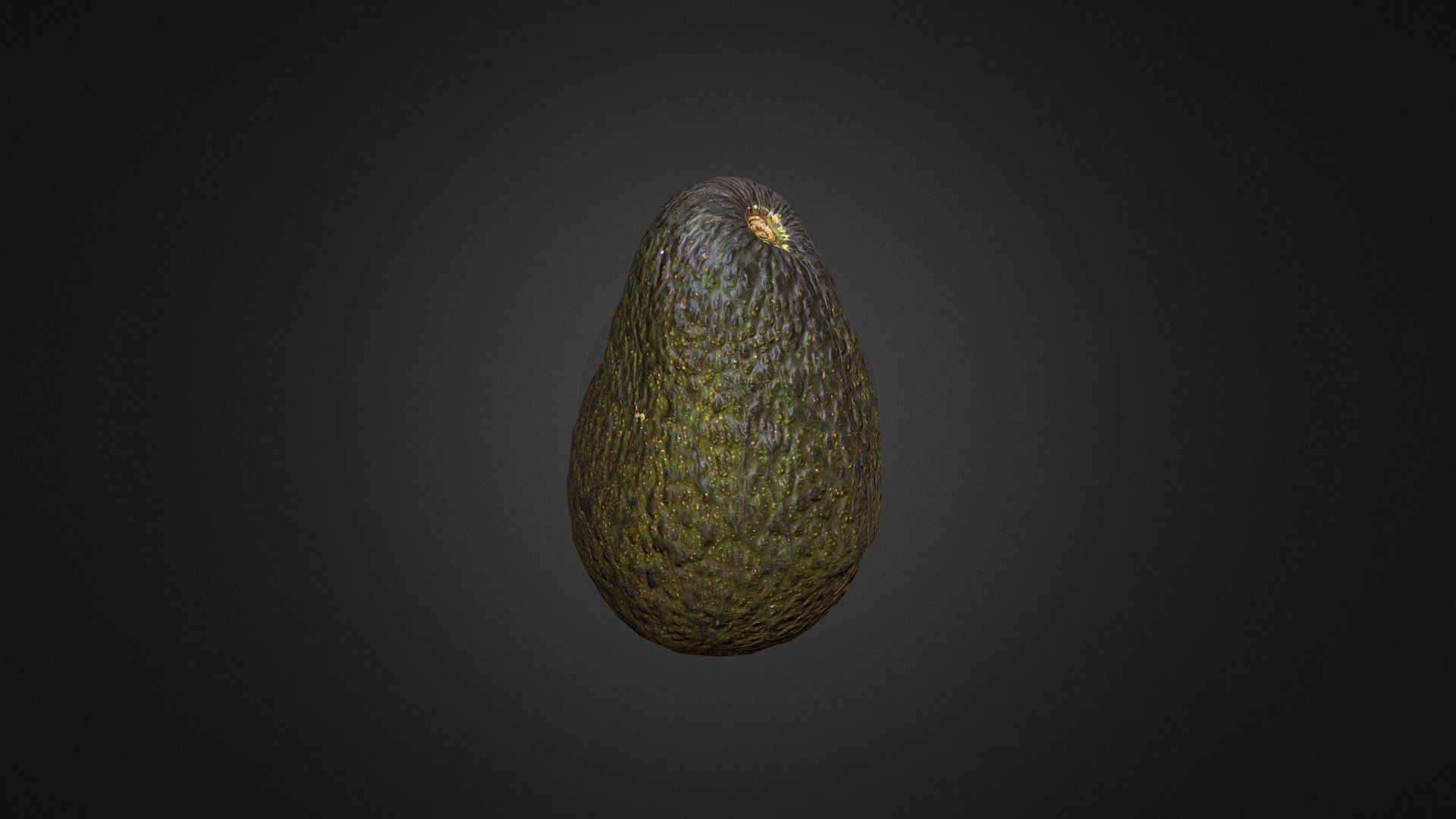
This avocado was scanned using photogrammetry with ...
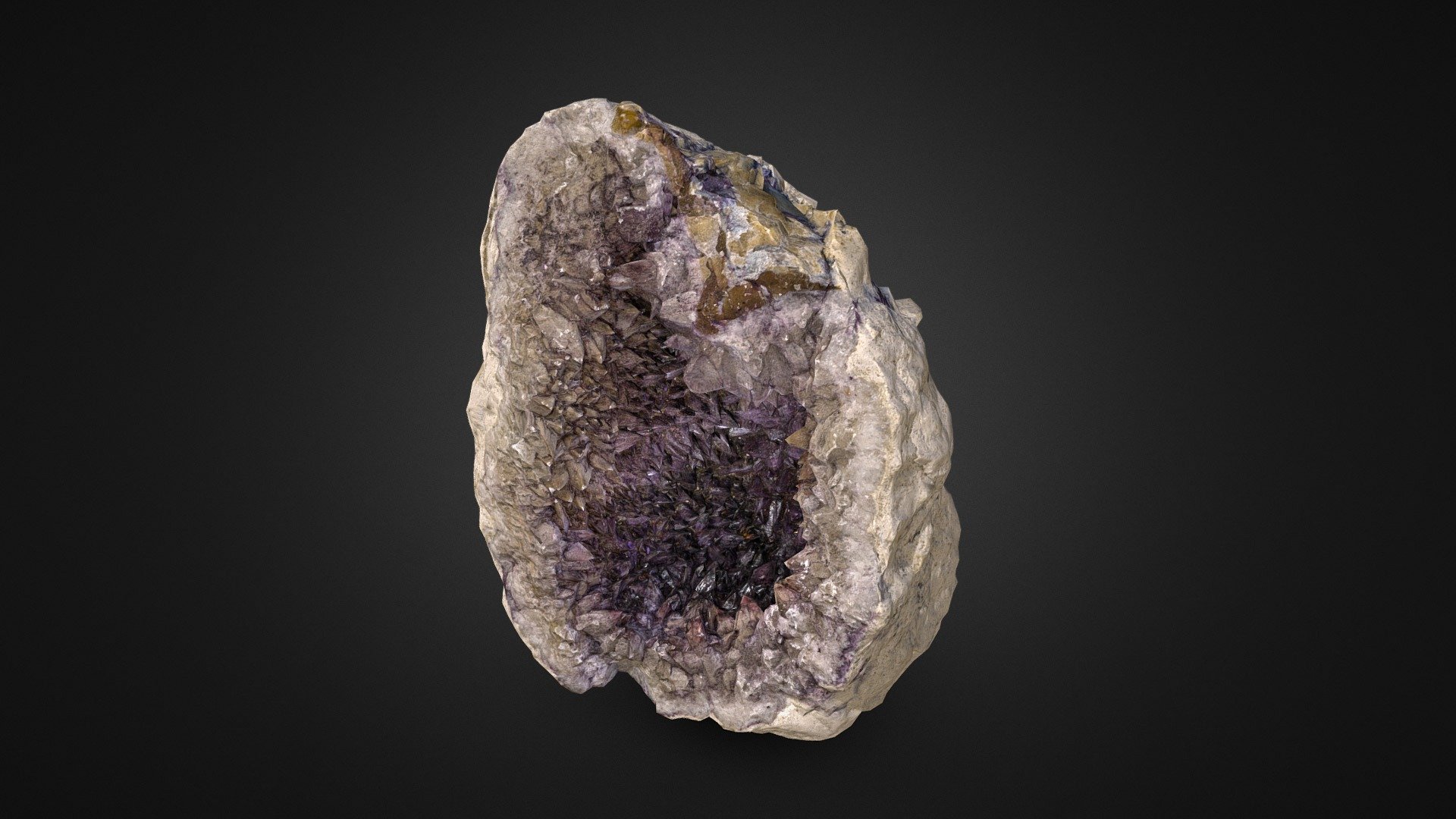
This stone was scanned using photogrammetry with a ...
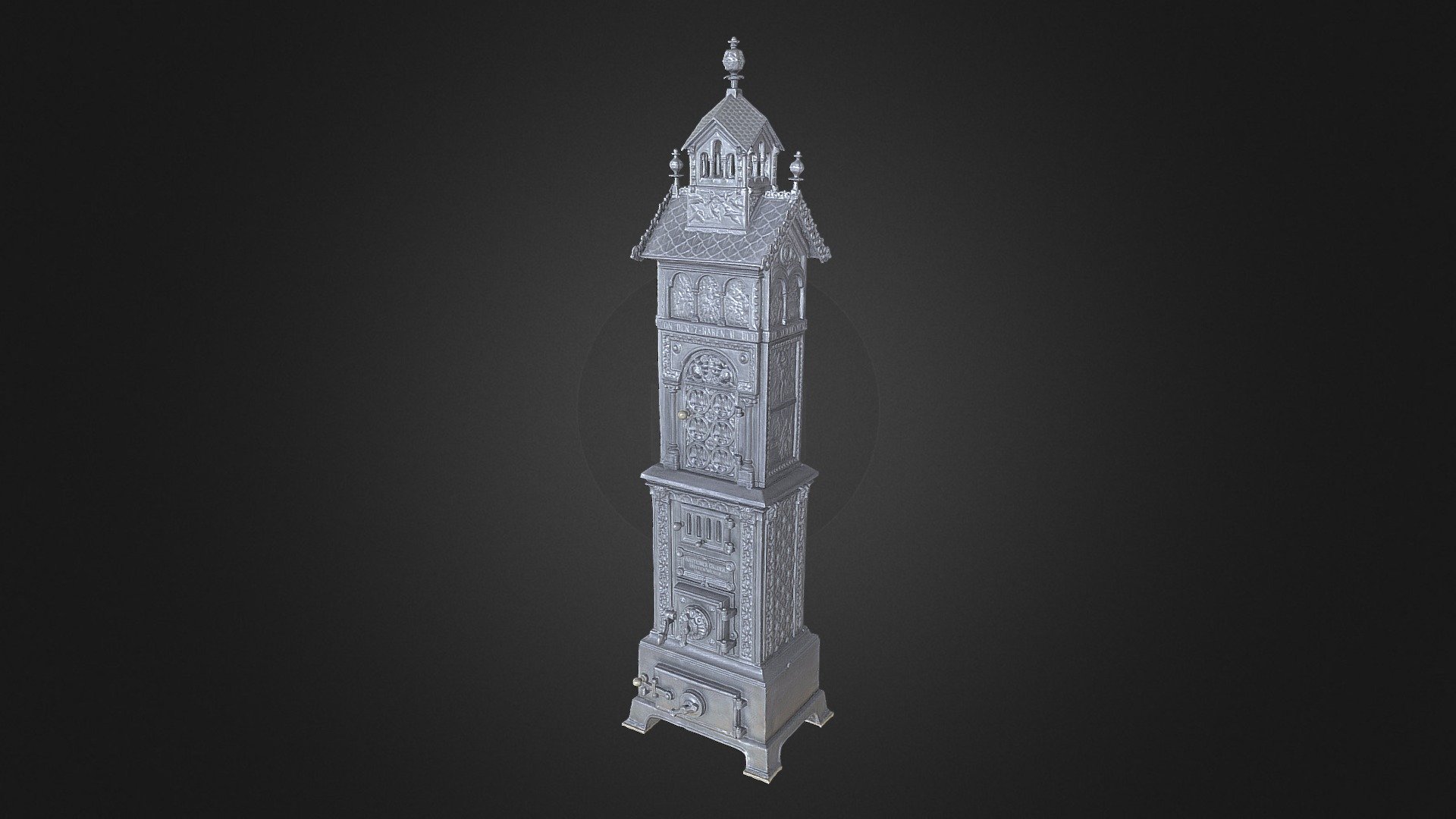
This regulating filling furnace was scanned with a ...
Once the capture process is complete, we review and refine all captured data to ensure it is of the highest quality. This step is essential for creating highly detailed and accurate 3D models that are ready for use in a variety of applications.
Our commitment to quality extends to all stages of the process and we pride ourselves on delivering high quality, realistic 3D objects and textures. In order to adapt to your project, we are constantly looking for ways to improve our workflow and find a solution for even the most challenging projects.
We can scan a wide range of objects including antiques, film props and game assets. Our service is designed to capture high quality, accurate 3D data that can be used for a variety of purposes.
We use a cross-polarised setup to ensure we capture the most realistic and optimal data, resulting in highly detailed and accurate 3D models. Depending on the requirements of your project, the maximum size of objects we can scan will vary.
Our object scanning service is suitable for anyone requiring high quality 3D data, including game developers, film studios and anyone wishing to digitise their antiques or other objects for preservation or virtual display. Contact us today to find out more about our object scanning services and how we can help you capture your objects in 3D.
We can also refine the raw data from 3D scans, which can include re-meshing and clean-up.
The remeshing process involves repairing and optimising the 3D models to ensure they are suitable for use in a wide range of applications. This includes fixing any errors or inaccuracies in the models, as well as smoothing and simplifying the geometry where necessary.
The clean-up stage focuses on removing any extraneous data or artefacts that may have been captured during the scanning process. This step is critical in ensuring that the final models are of the highest quality and ready for use in various applications.
Once the capture process is complete, we review and refine all captured data to ensure it is of the highest quality. This step is essential for creating highly detailed and accurate 3D models that are ready for use in a variety of applications.
Our location in Erfurt, Germany also means that we are perfectly placed for quick travel to any location in the country, allowing us to respond quickly to our clients' needs. Whether you are looking for high quality 3D models for use in film, games or other applications, we are here to help. Contact us today to find out more about our services and how we can help bring your project to life.